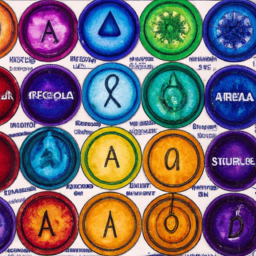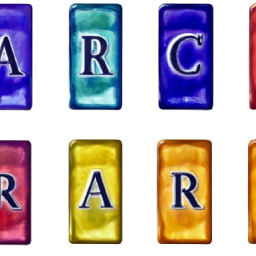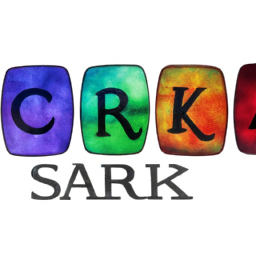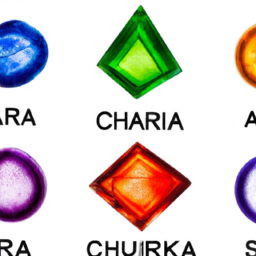

Chakras have become a buzzword in recent years, with many people incorporating them into their wellness routines. But what exactly are chakras and who were the first to discover them?
Chakras are energy centers located within our bodies, originating from ancient Hindu and Buddhist traditions. The term “chakra” comes from the Sanskrit word meaning “wheel” or “circle”. These energy centers are believed to be connected to our physical, emotional, and spiritual well-being.
The concept of chakras can be traced back to 1500-500 BC in the ancient Indian Vedas, specifically in the Upanishads which are a collection of spiritual texts. The Upanishads mention seven main chakras, each associated with a different color, element, and spiritual significance.
One of the first recorded texts that mention chakras is the Hindu scripture, “The Vedas”. The Vedas describe chakras as energy points within the body that influence our consciousness and well-being. These energy centers are believed to affect our physical, emotional, and mental health and are connected to the flow of prana (life force energy).
The main chakras are described as being aligned along the spine, from the base to the top of the head. Each chakra is said to have a specific color, element, and corresponding organs or body parts. The seven chakras are known as Muladhara (root chakra), Svadhisthana (sacral chakra), Manipura (solar plexus chakra), Anahata (heart chakra), Vishuddha (throat chakra), Ajna (third eye chakra), and Sahasrara (crown chakra).
It was not until the 19th century that the concept of chakras began to gain more recognition in the western world. The prominent Theosophist, C.W. Leadbeater, wrote extensively about chakras in his book “The Chakras”. He was the first to color-code the chakras and describe their significance in great detail.
Another key figure in bringing the concept of chakras to a wider audience was Swiss psychiatrist and psychoanalyst Carl Jung. Jung believed that chakras represent different aspects of our consciousness and have an important role in our mental and emotional well-being.
In the 20th century, the interest in chakras continued to grow with the rise of yoga, meditation, and alternative medicine. Yogis and spiritual leaders, such as Paramahansa Yogananda and Maharishi Mahesh Yogi, also played a significant role in popularizing the concept of chakras.
Today, the concept of chakras continues to evolve and be embraced by people from all walks of life. Many modern-day holistic healers and spiritual teachers incorporate chakra balancing techniques into their practices, and chakra meditation is widely practiced for its reputed benefits.
In conclusion, while the concept of chakras has been around for thousands of years, it was not until the last few centuries that it started to gain recognition in the western world. The ancient Hindu and Buddhist traditions, Theosophists, and modern spiritual leaders have all contributed to our understanding of chakras. As we continue to delve deeper into spirituality and holistic healing, the concept of chakras is likely to remain an integral part of our well-being practices.





Fascinating topic! #yoga
TashaSwanson: A great opportunity to learn more about the spiritual side of the body #meditation
#Mindblown – Exploring the ancient wisdom of chakras and discovering the roots of their existence has been an enlightening journey for me!
#Enlightening! I’m loving the journey!